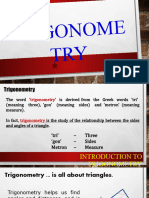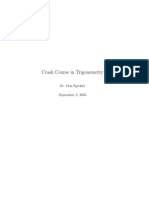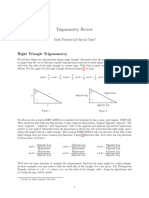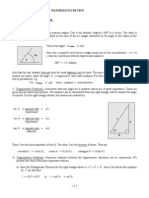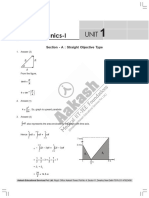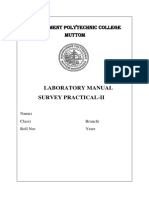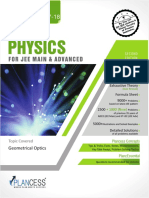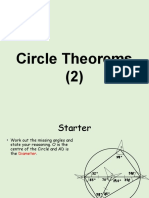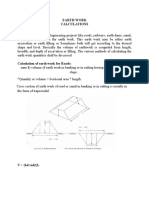0% found this document useful (0 votes)
31 views22 pagesA2Stats Unit 9 Notes Intro To Trigonometry
Algebra
Uploaded by
hsoxk77Copyright
© © All Rights Reserved
We take content rights seriously. If you suspect this is your content, claim it here.
Available Formats
Download as PDF, TXT or read online on Scribd
0% found this document useful (0 votes)
31 views22 pagesA2Stats Unit 9 Notes Intro To Trigonometry
Algebra
Uploaded by
hsoxk77Copyright
© © All Rights Reserved
We take content rights seriously. If you suspect this is your content, claim it here.
Available Formats
Download as PDF, TXT or read online on Scribd
/ 22








